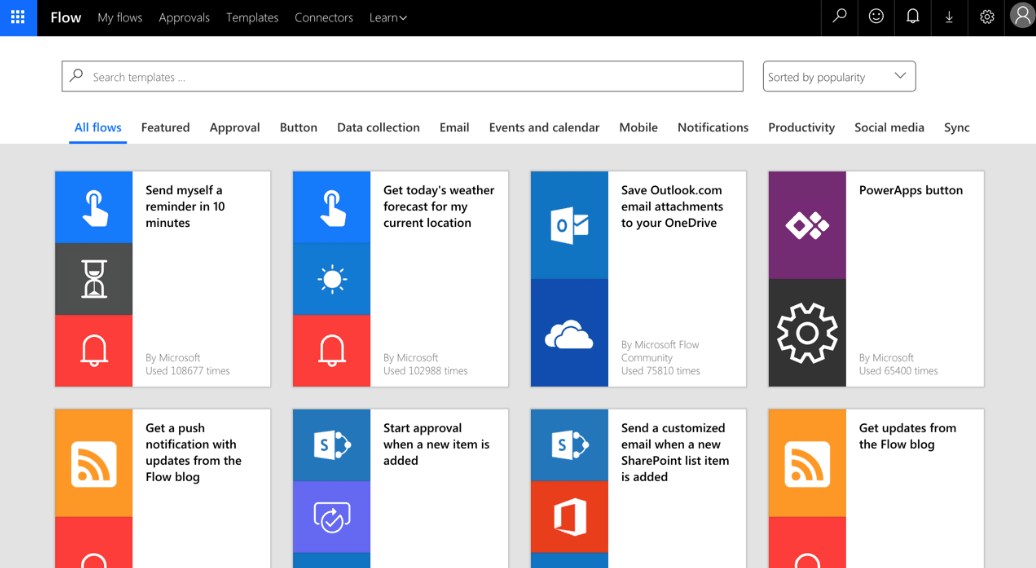Digital Transformation and What it Really Means for Business
It's impossible to pick up a business magazine or read an IT blog without seeing "Digital Transformation" in the headlines. And while it's garnering a lot of ink and pixels, many professionals aren't quite sure what this means for their business. When we need technology answers, we go right to Mike Balatzis. He's Red Level's Microsoft Solutions Manager and besides being a nice guy with a big brain, he talks in plain English so even the non-geeks can understand. We peppered him with a few questions about Digital Transformation and what it really means for business owners and executives. Here's the scoop. What is the Digital Transformation? In simple terms, every business is a Digital Business and the importance of technology as a driver for business value has never been greater. This is especially important when there is an outage or another business impact. Everyone wants the ability to connect ...







